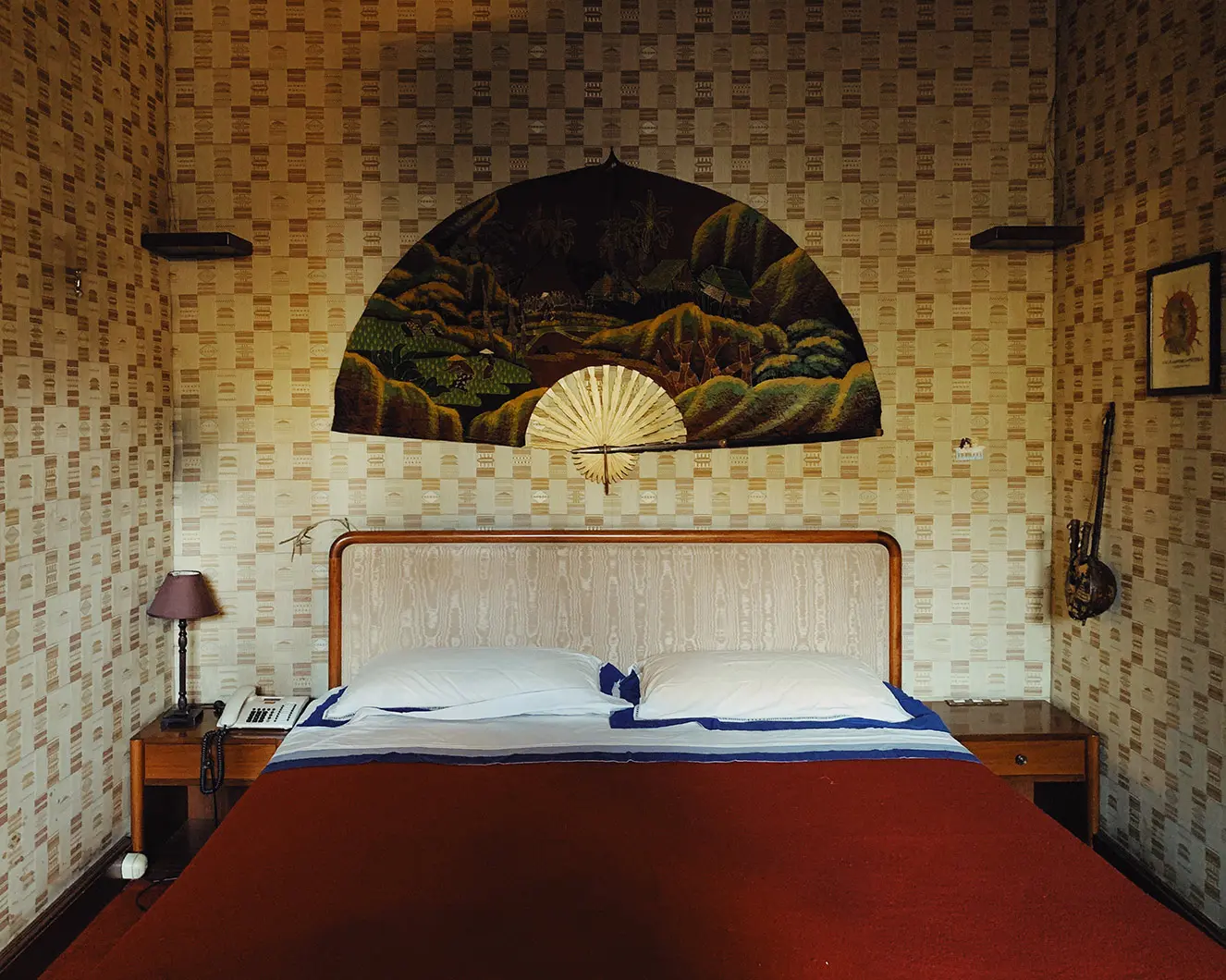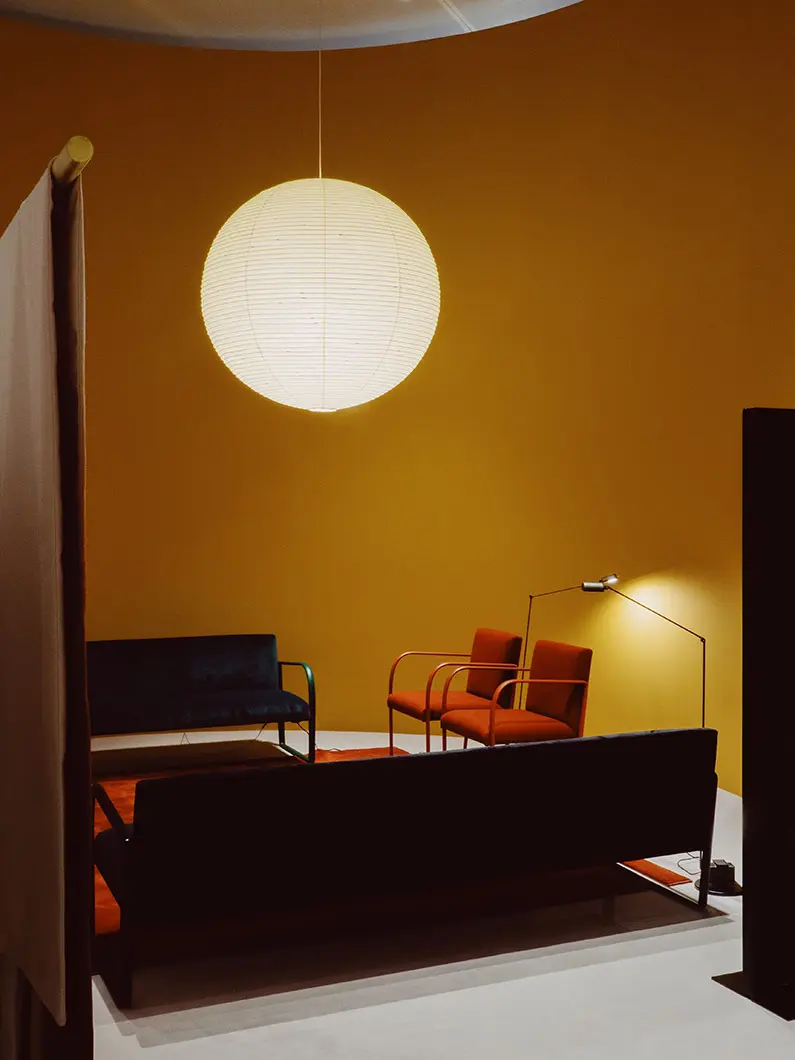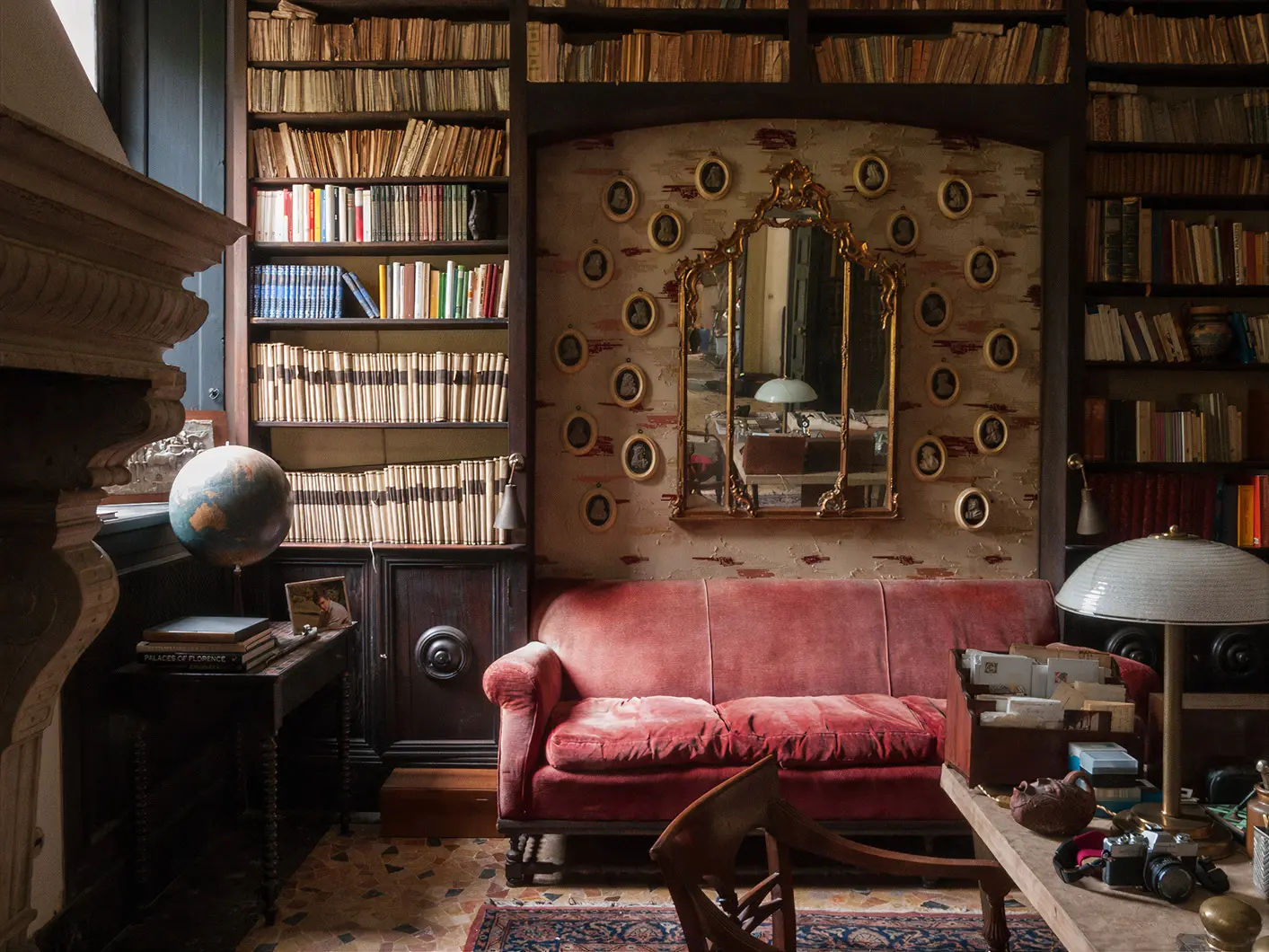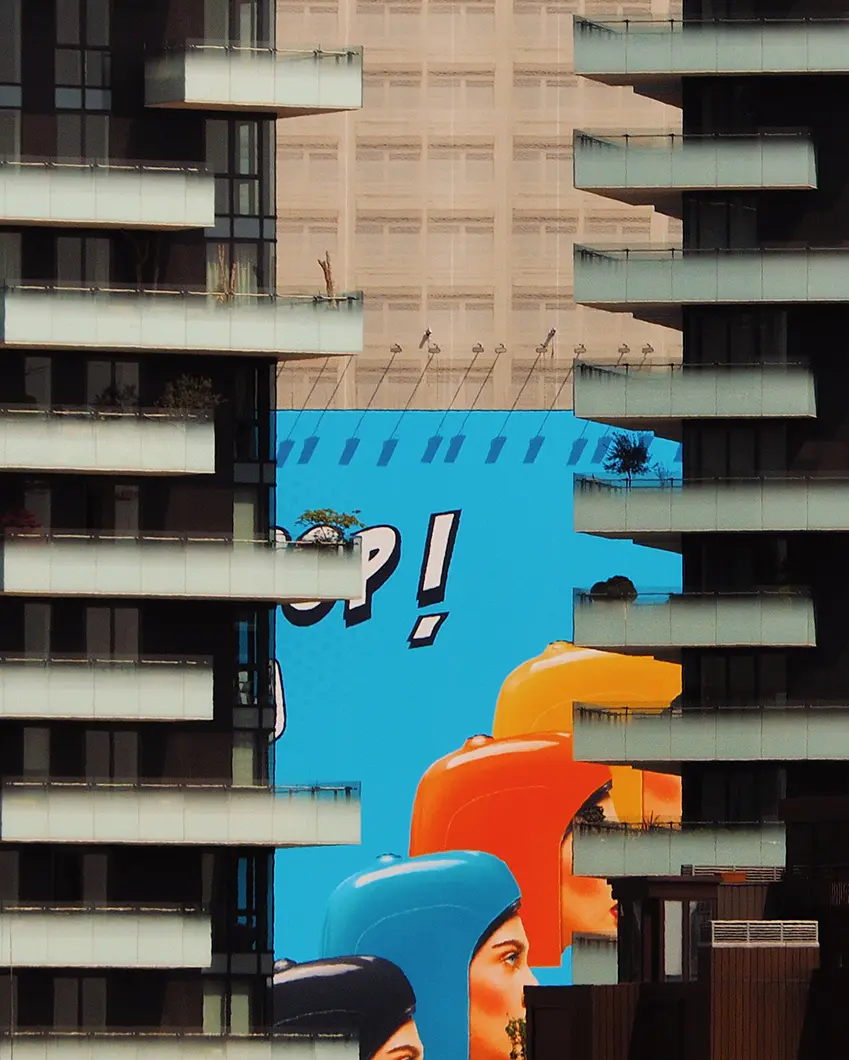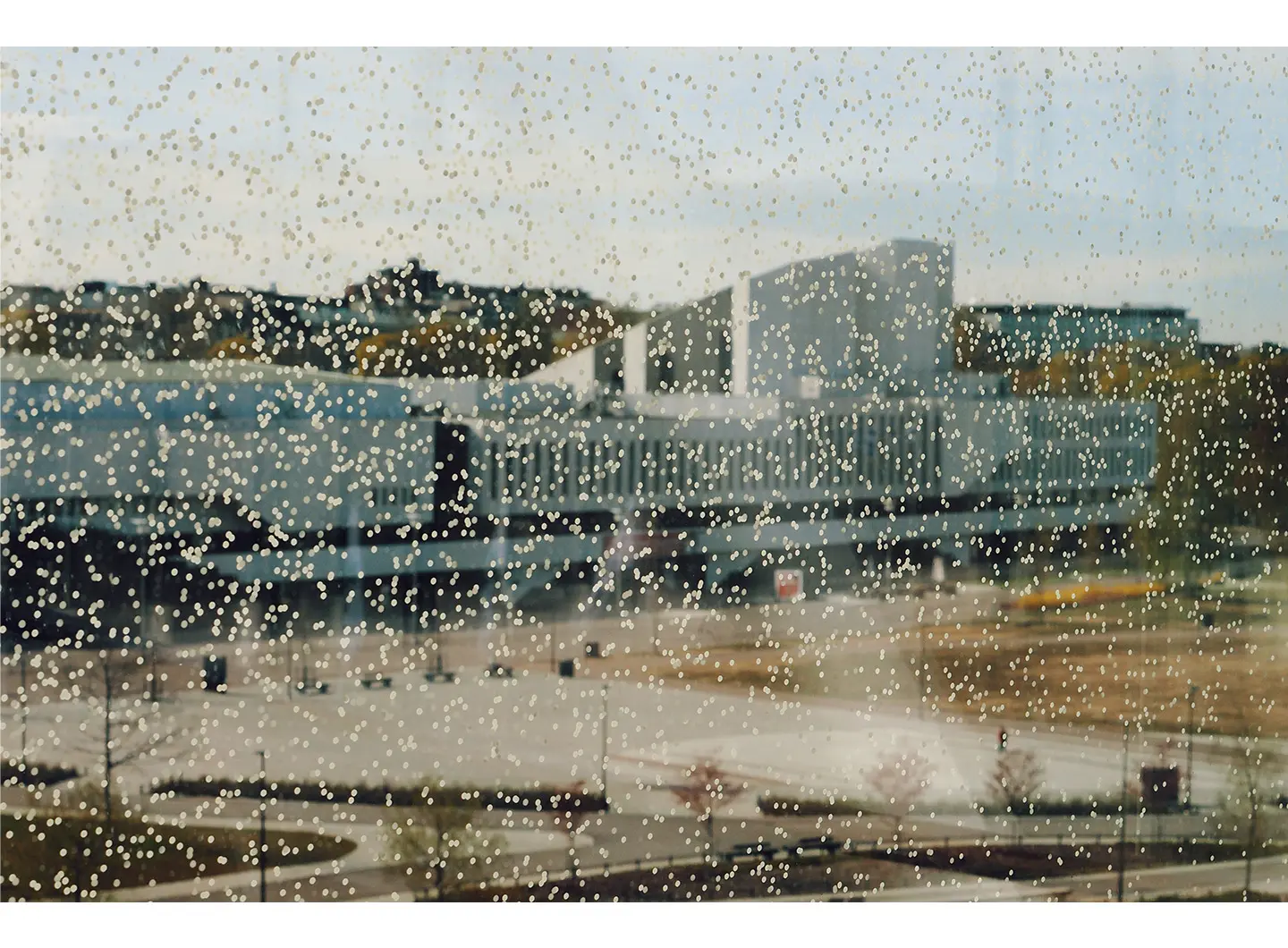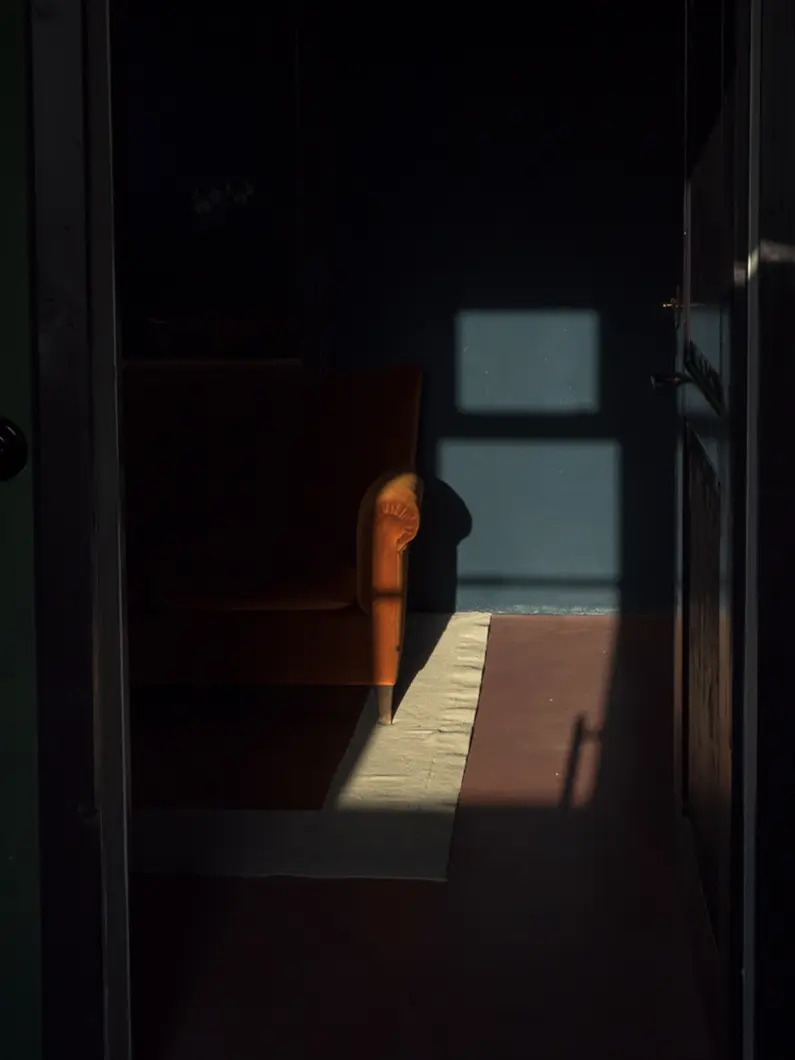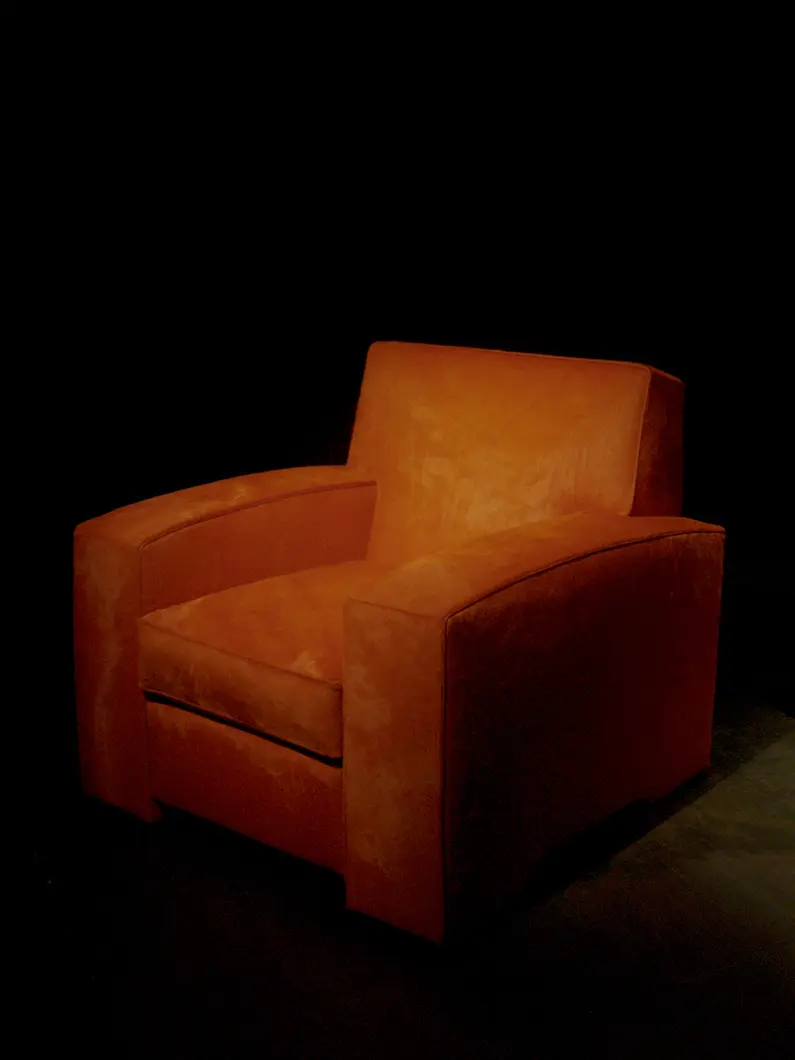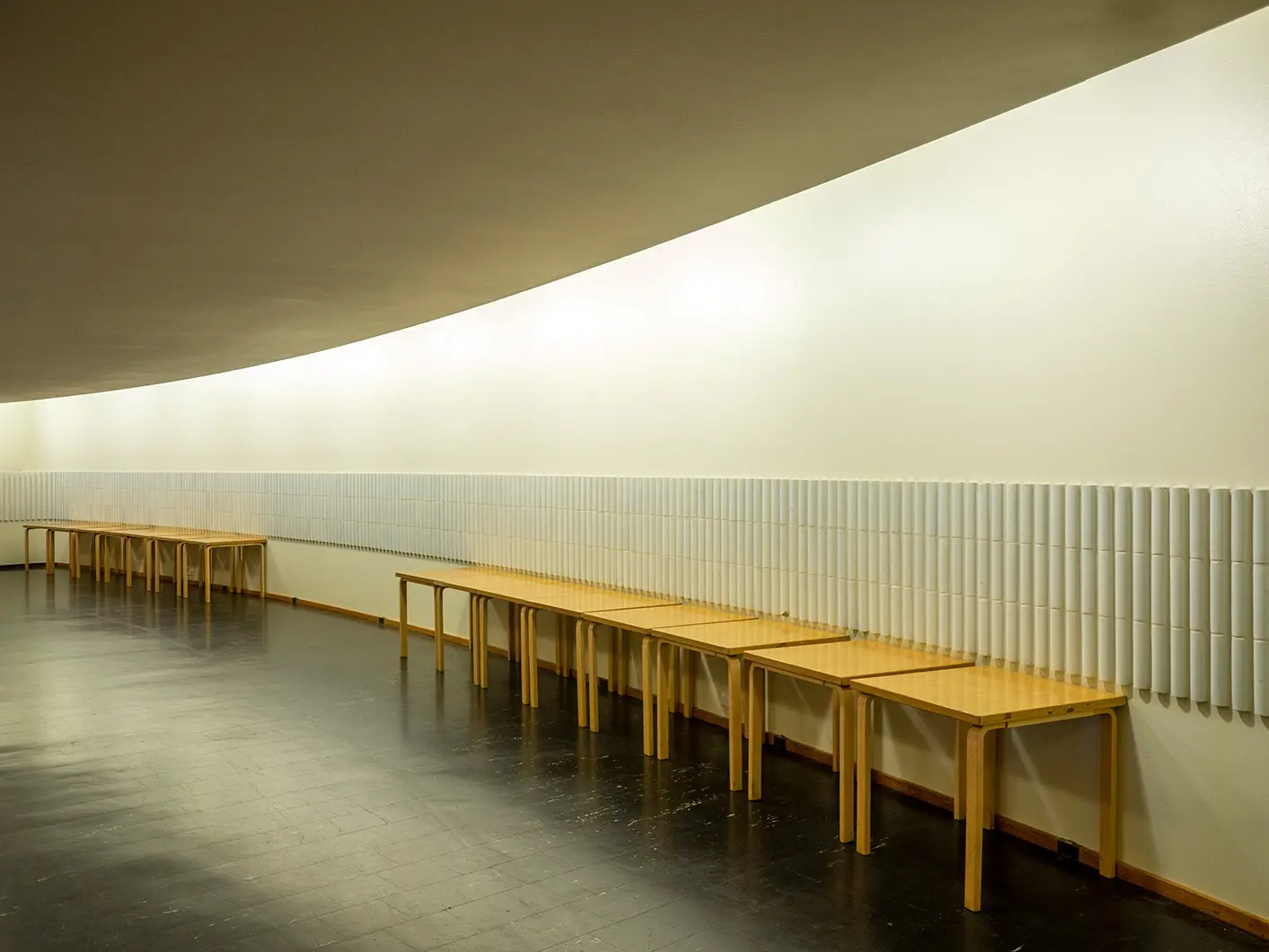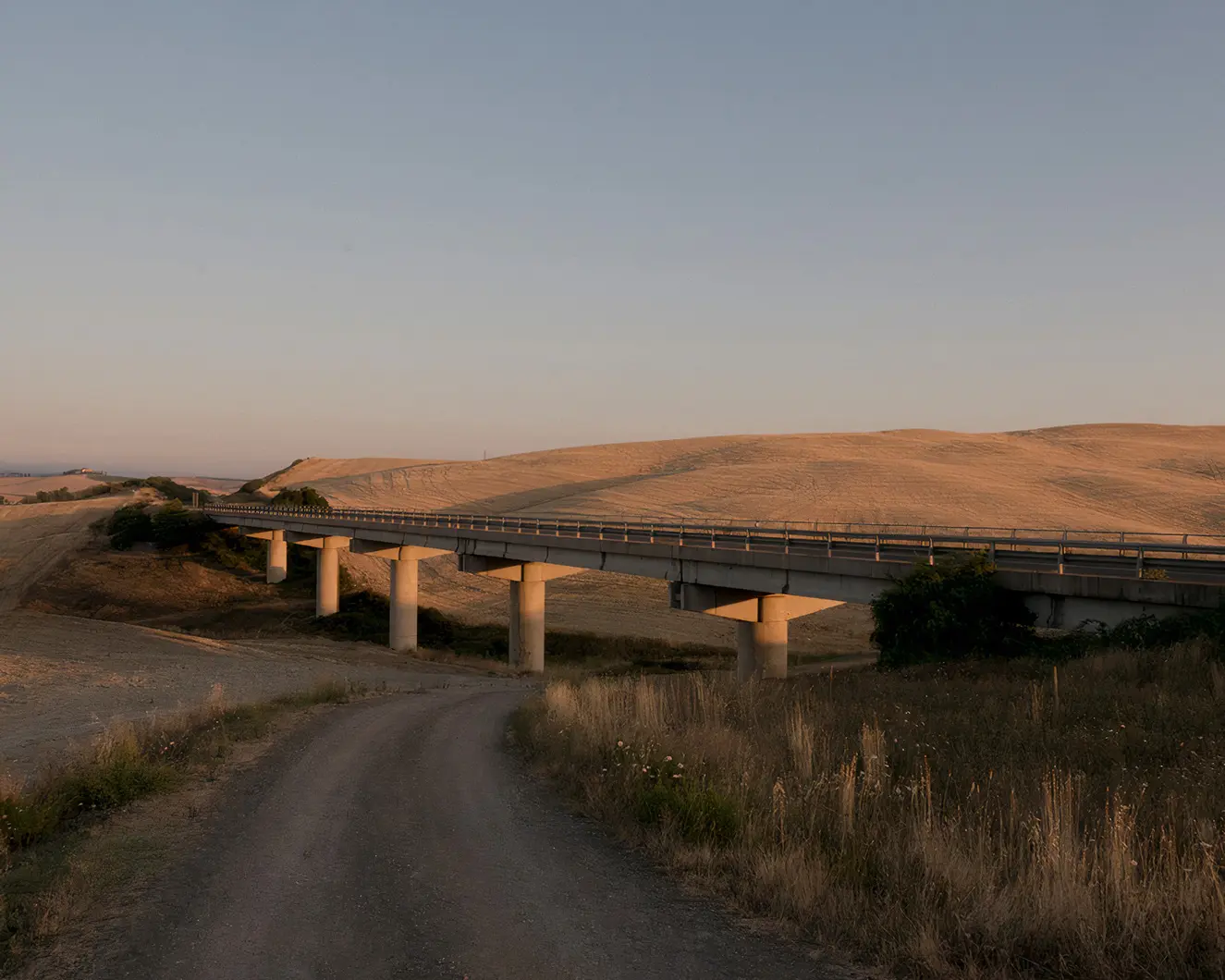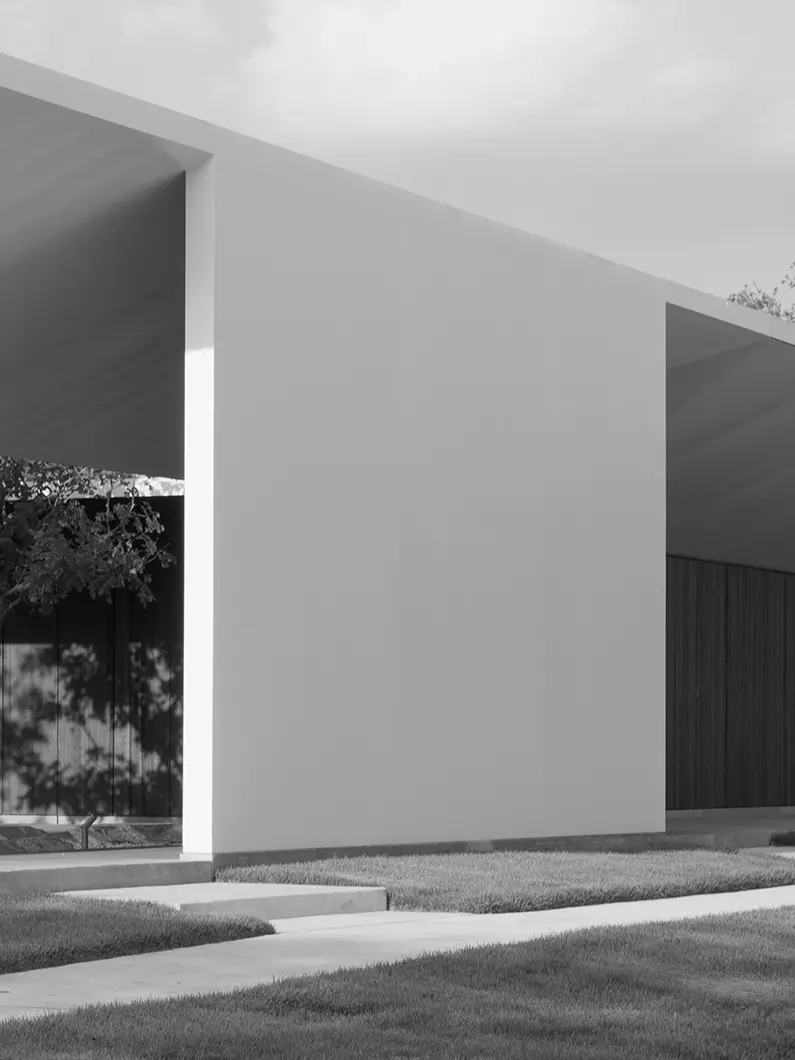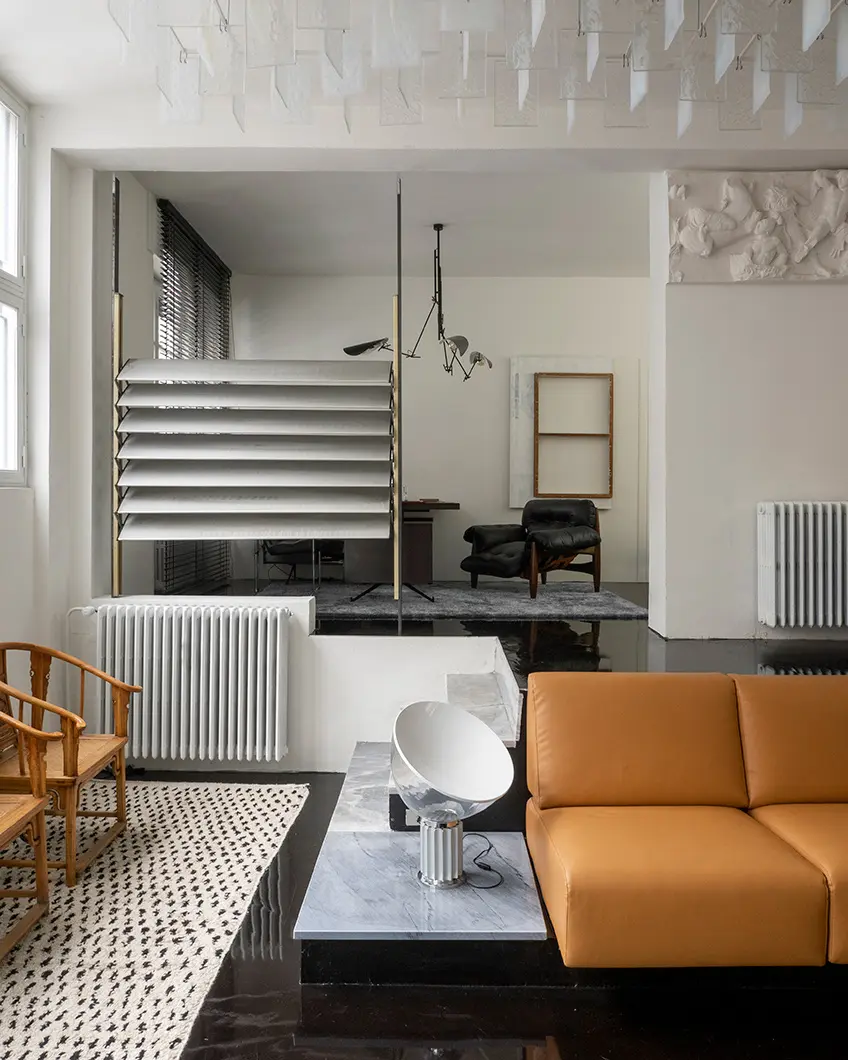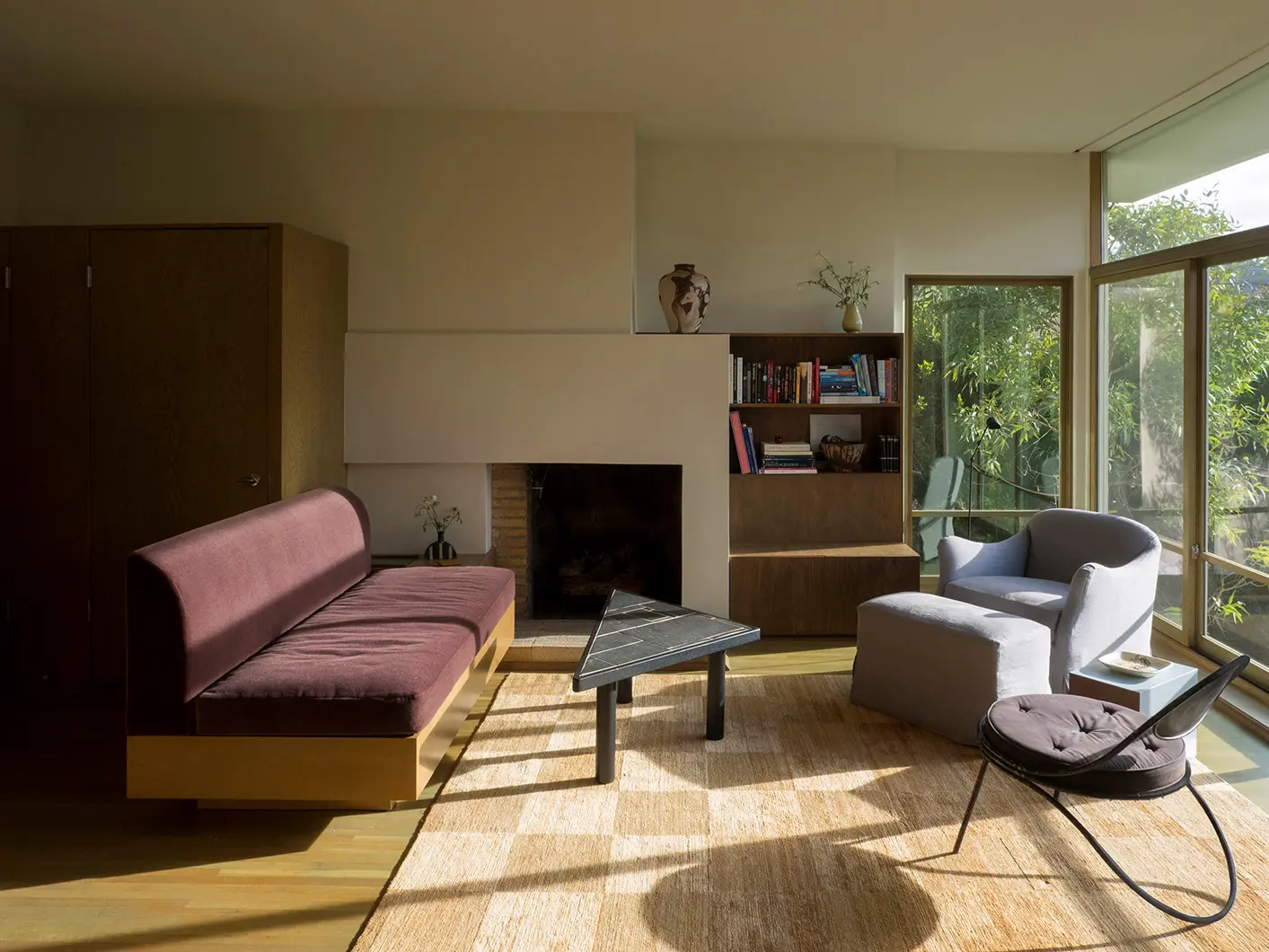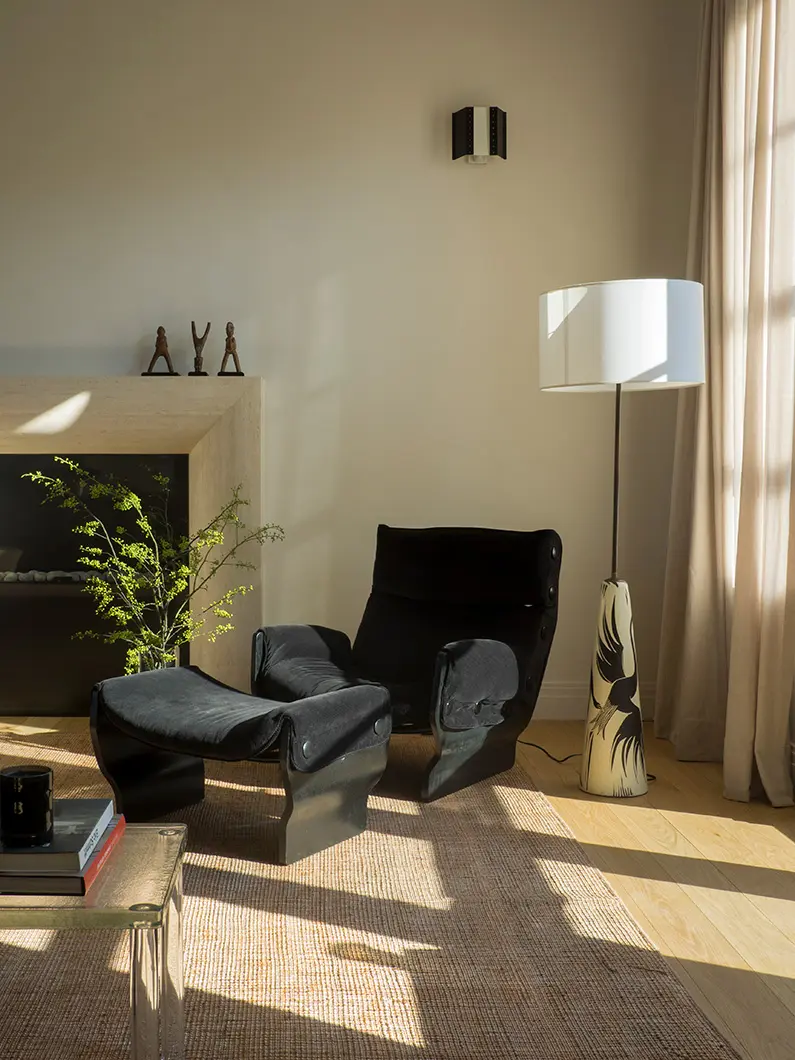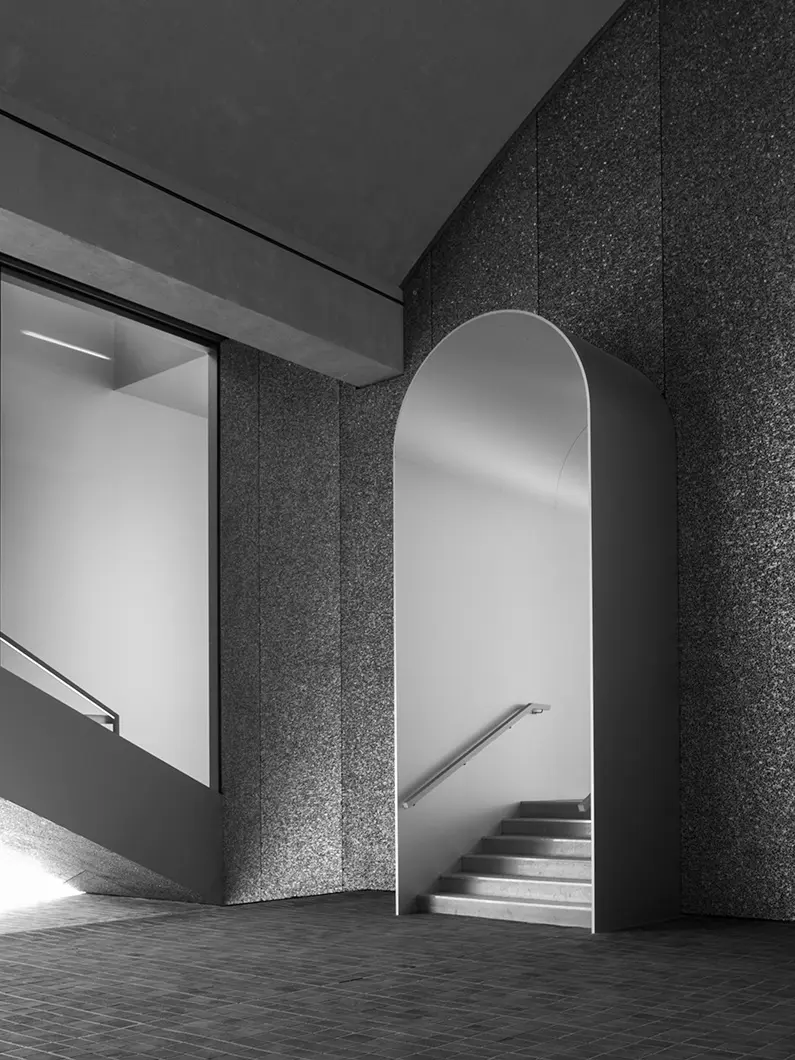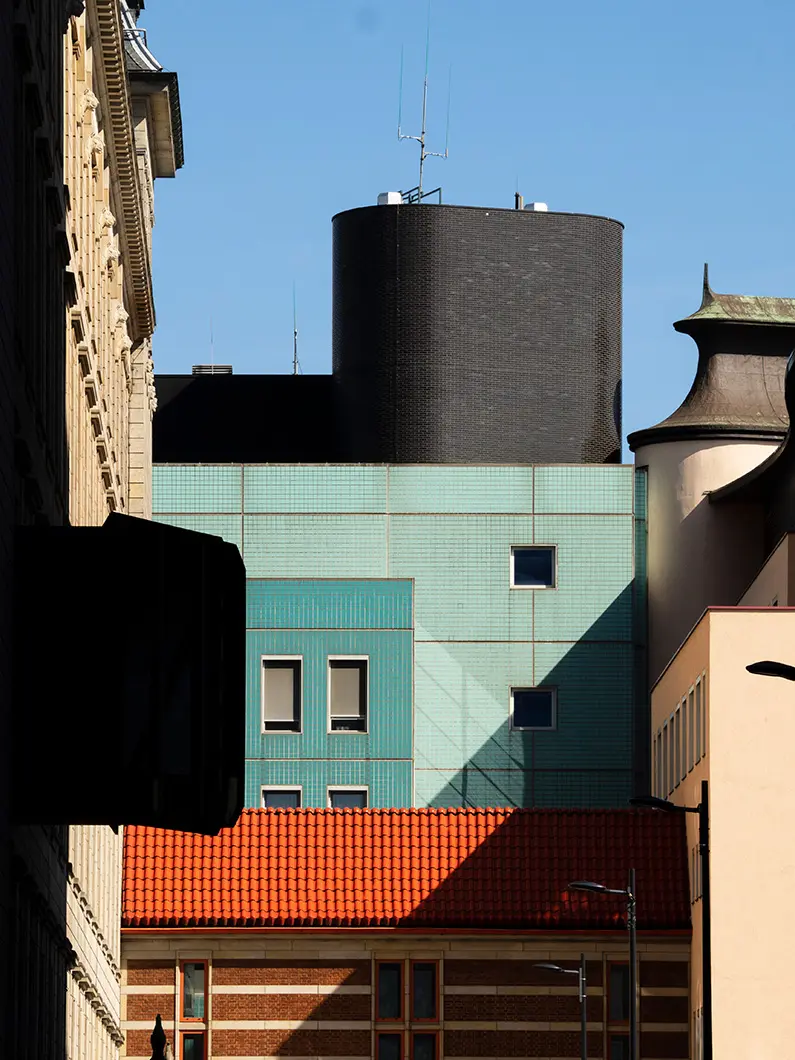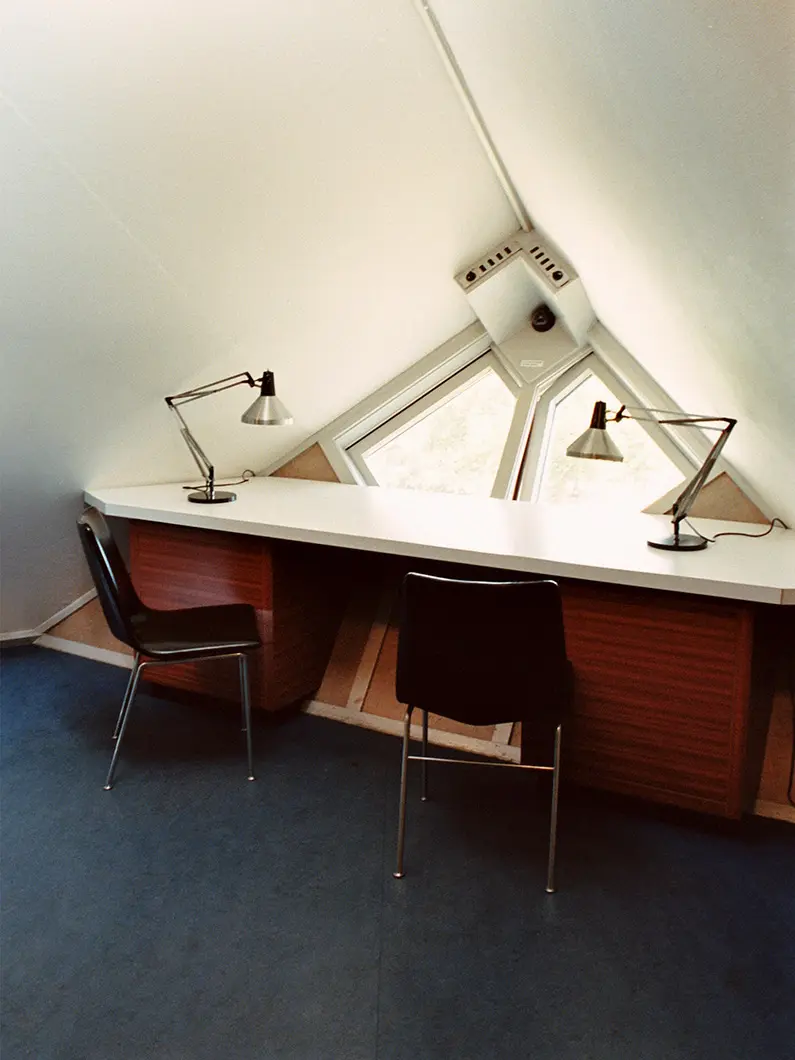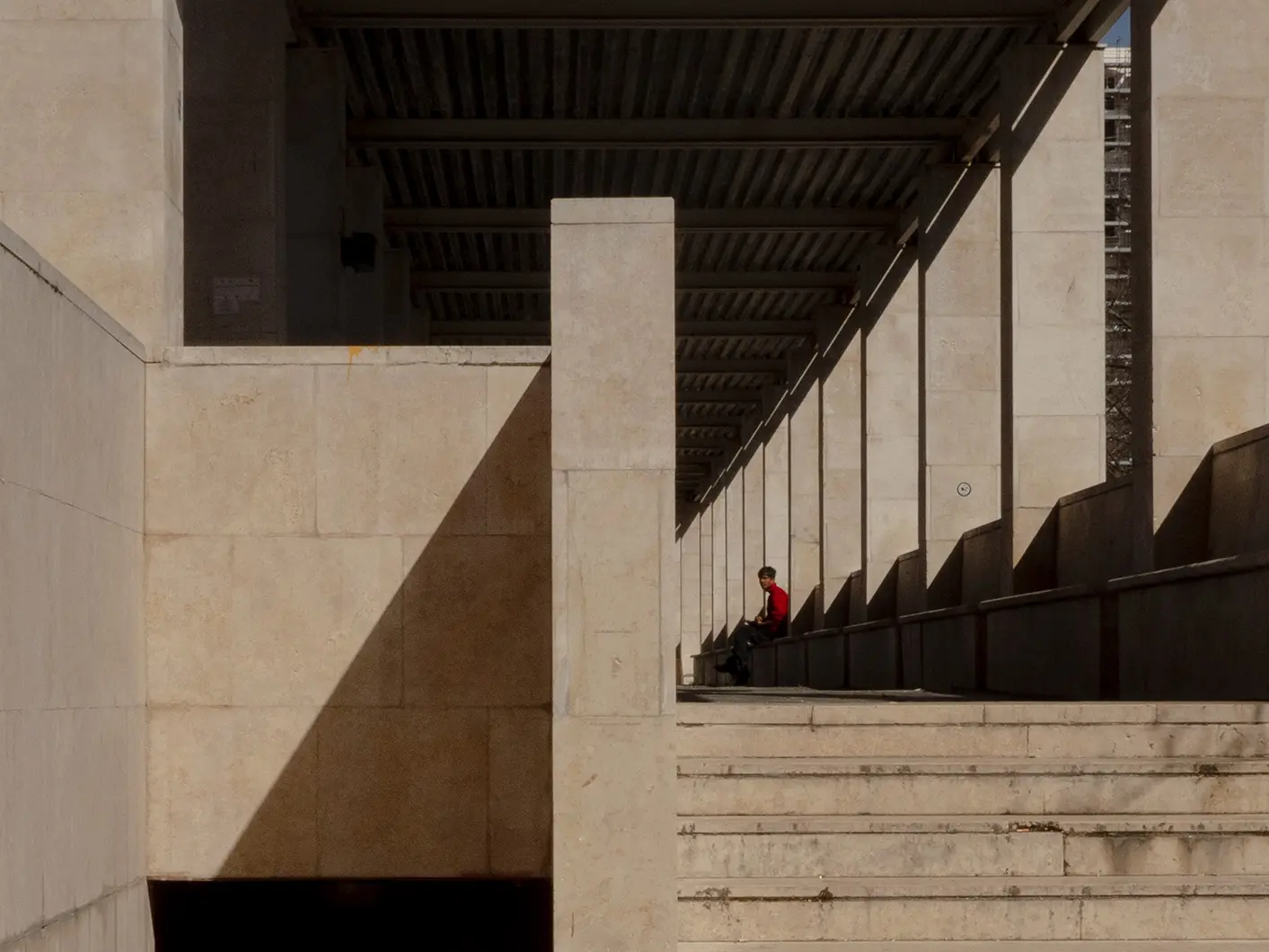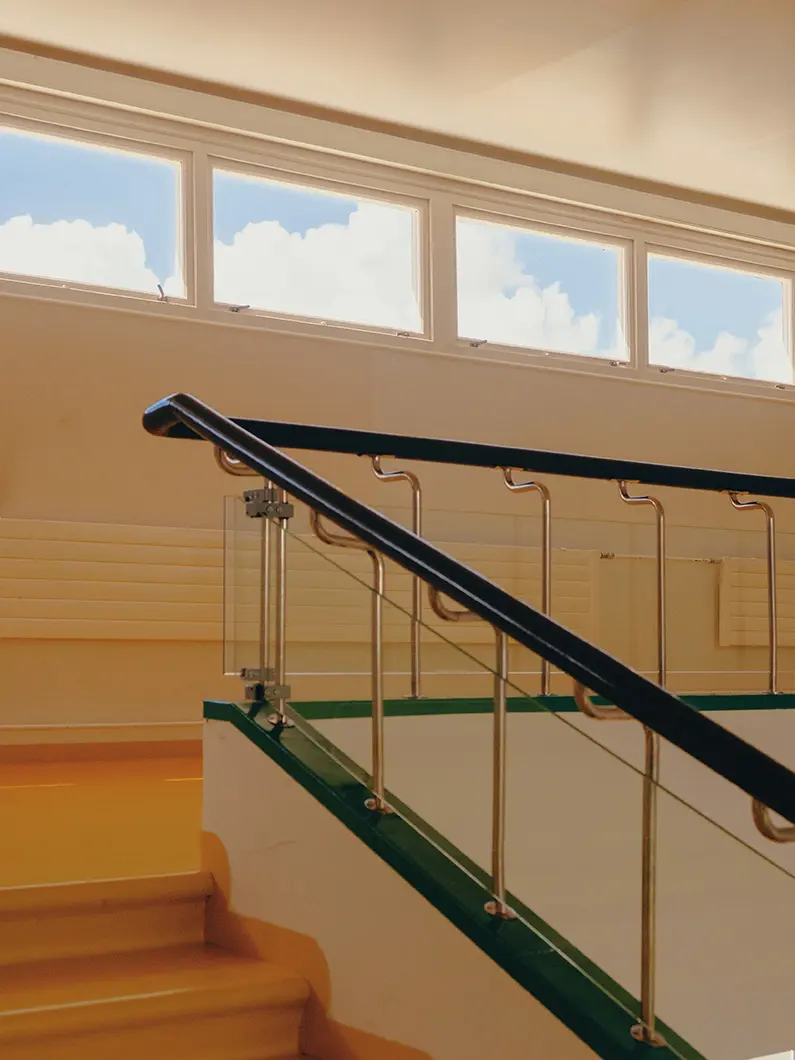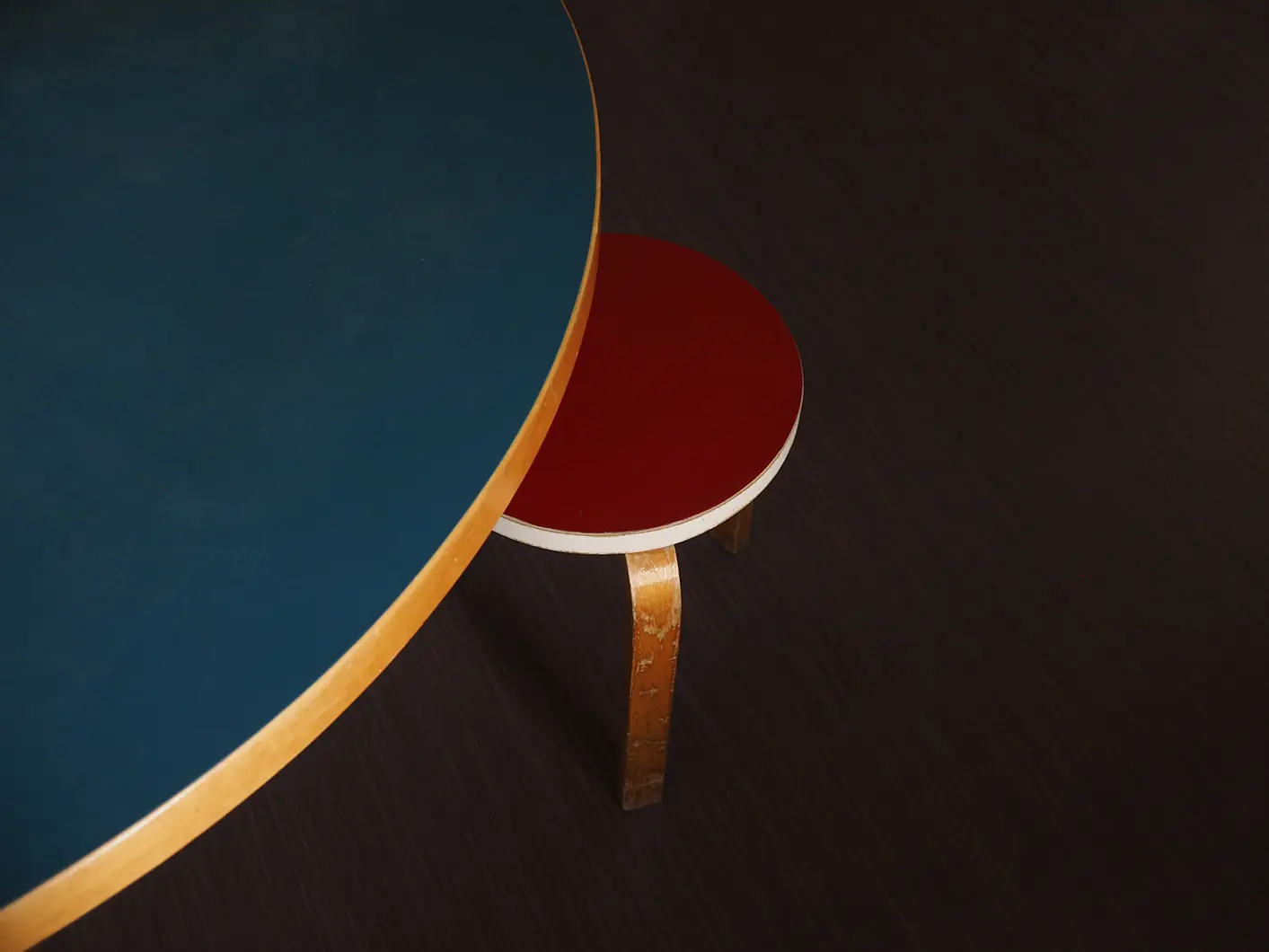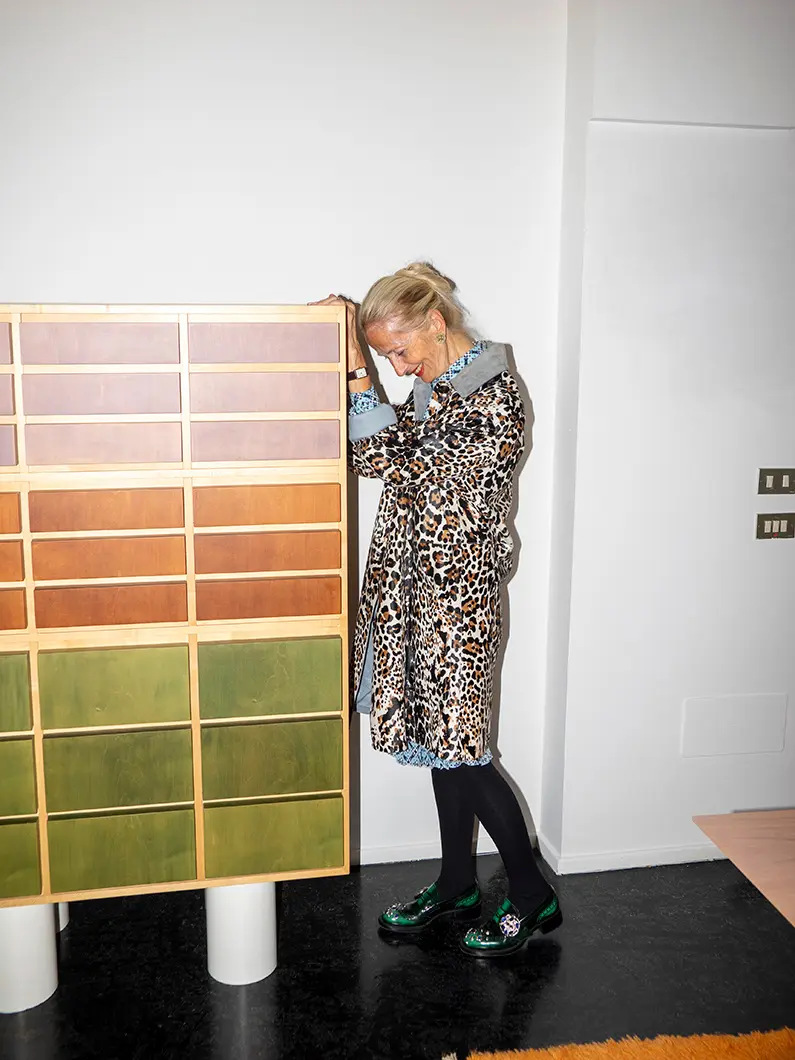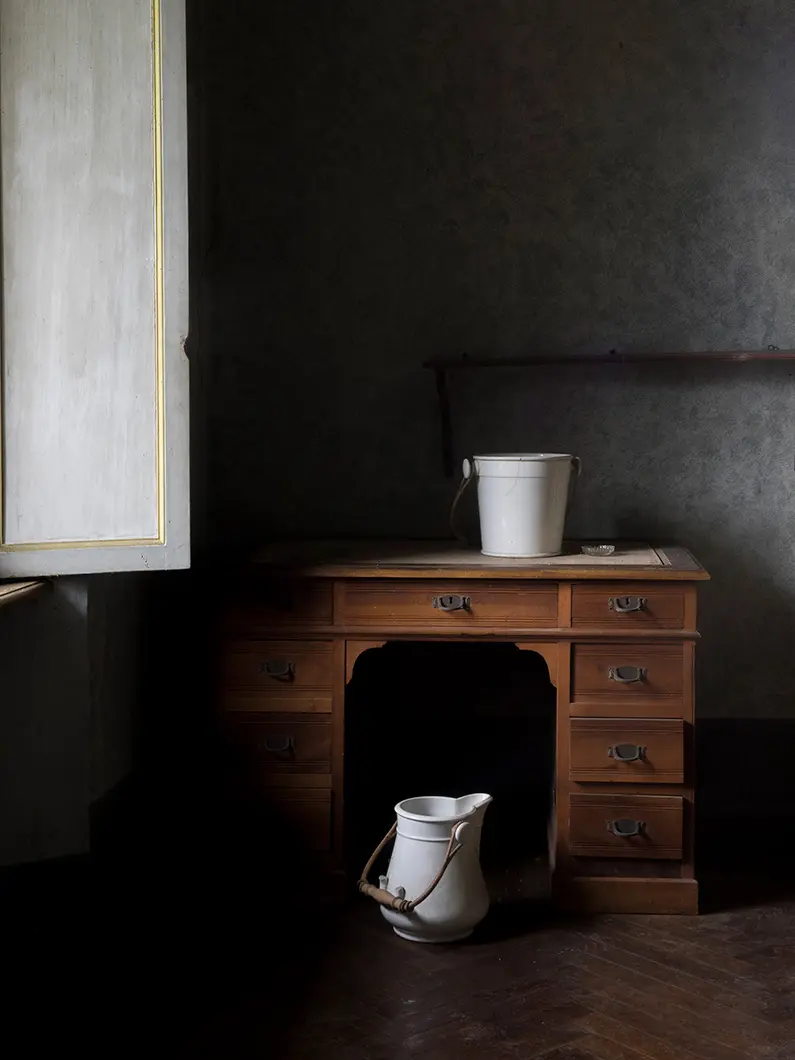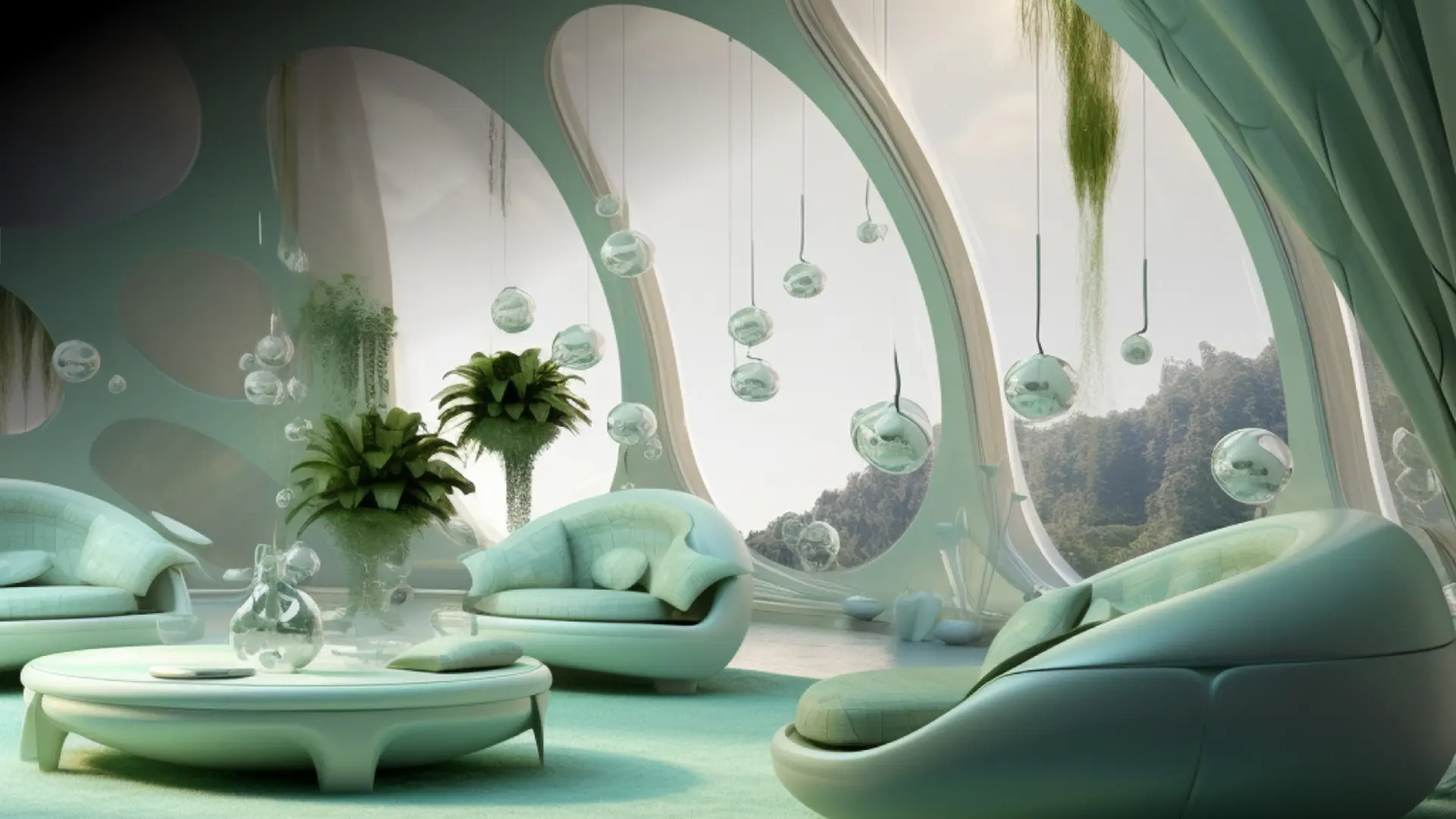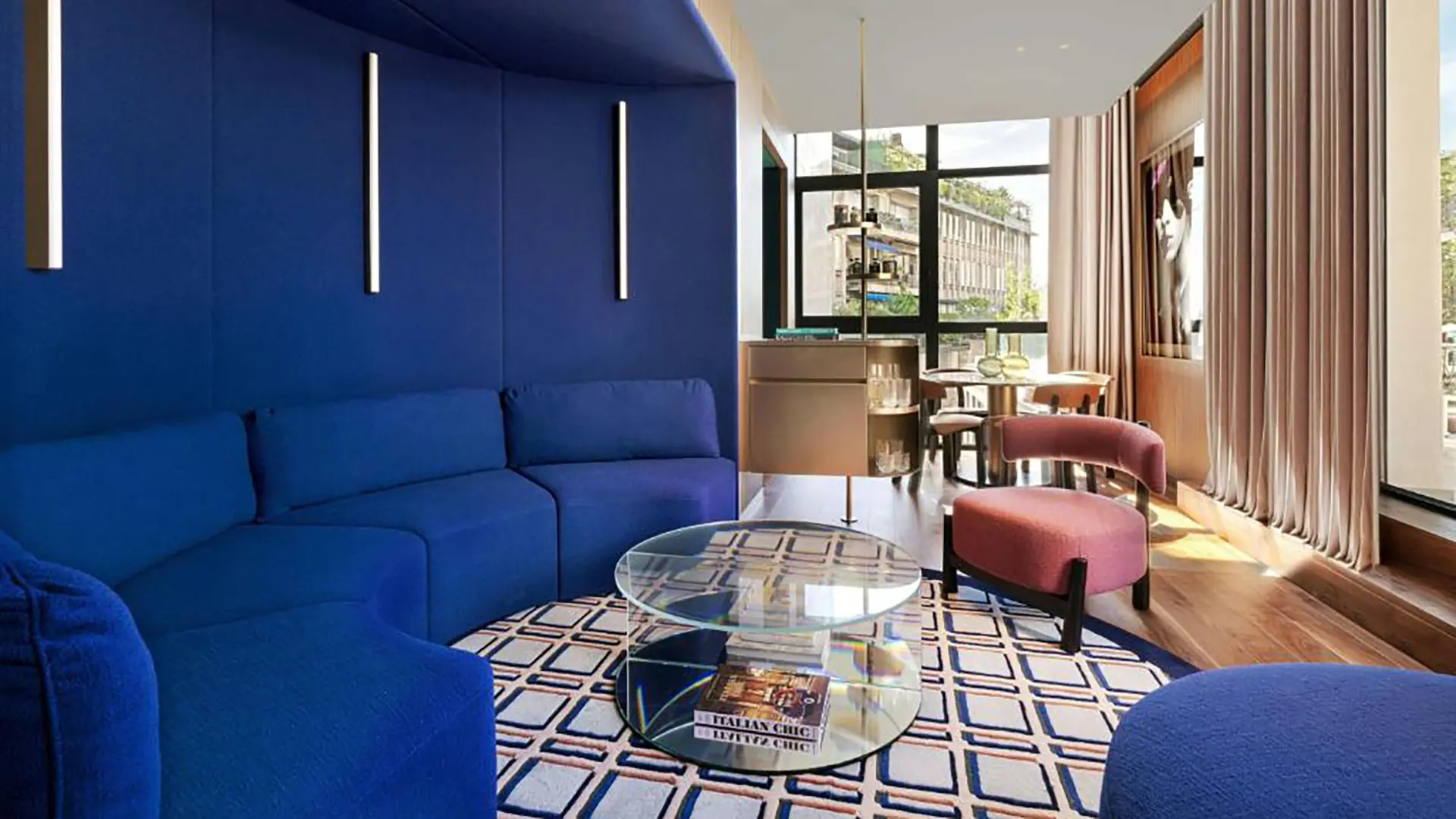From the Tokyo Design Awards, to the NY Product Design Awards & Architectural Design Awards, Best in Design, the NEB Trophy Design Competition, the Good Design Awards® and the Africa International Design Awards (AIDA), all the international news not to be missed in 2026
Giulio Ghirardi and other people’s homes
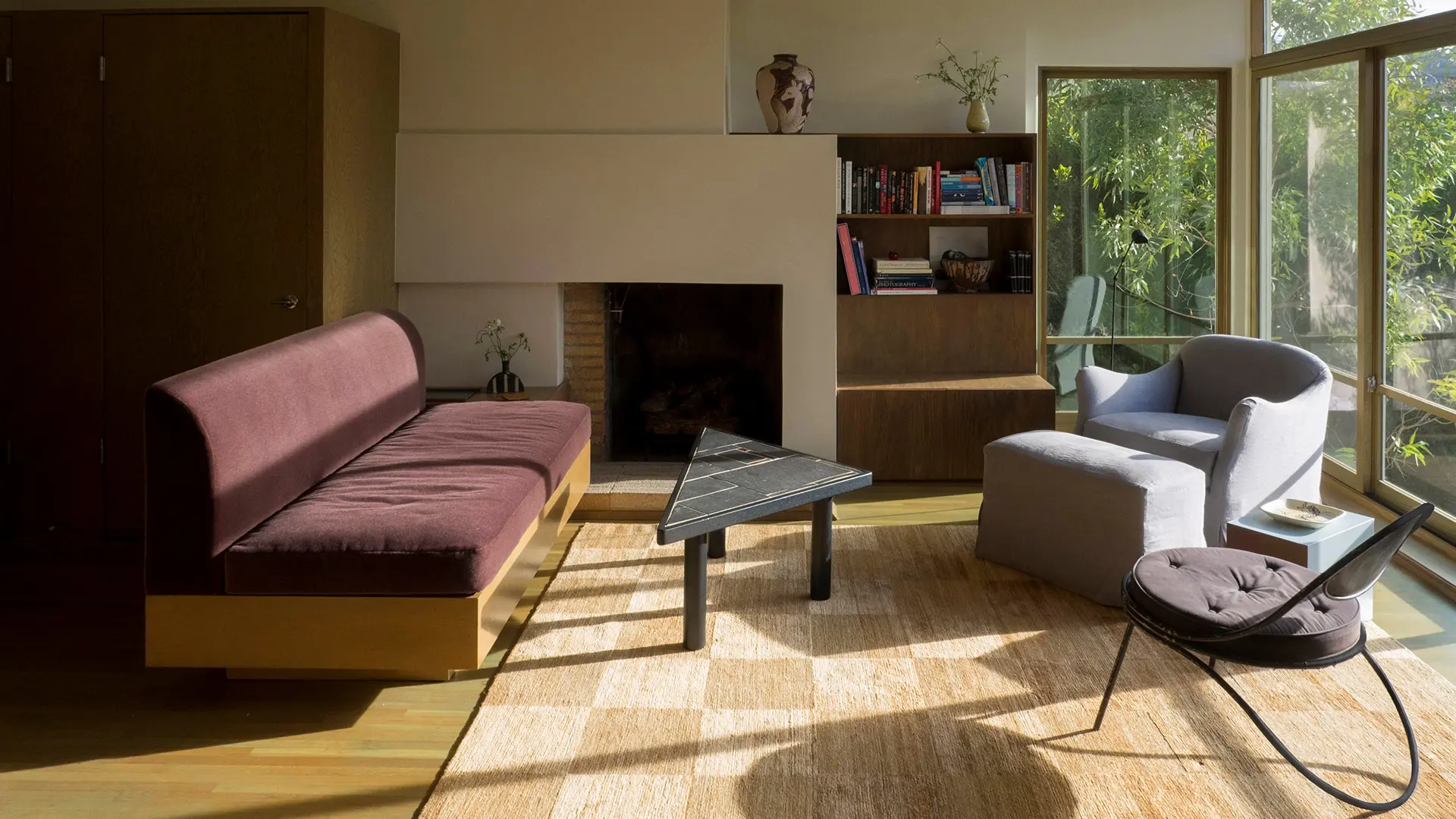
Progetto Mia Dalton - Los Angleles
All it takes is a few objects to understand a room. Have you ever read between the cracks on the walls, in the veins in the parquet?
Slowly opening a door and finding to one’s amazement a perfectly-brushed velvet sofa, a large wall mirror and an amber light bravely forging its way through the wide curtains.
Other people’s houses have always been perfect settings for imaginary narrations. Thinking about what might have taken place inside them, reading into wall crevices, peering into bookcases.
It only takes a few objects to tell a story and Giulio Ghirardi’s photographs slake the thirst of those who travel in their imagination.
His career began with architecture, at Milan Polytechnic University, following a three-year degree in Strasbourg. His passion for images was kindled much earlier, though, when he left for a trip to the United States with his parents at the age of twelve and brought his first memories home to develop.
His studies taught him to look at spaces and familiarise himself with materials, but the lengthy waits were a trial for someone who loves seeing quick results. With photography, he discovered the satisfaction of the immediate, an adjective seldom used in the world of buildings.
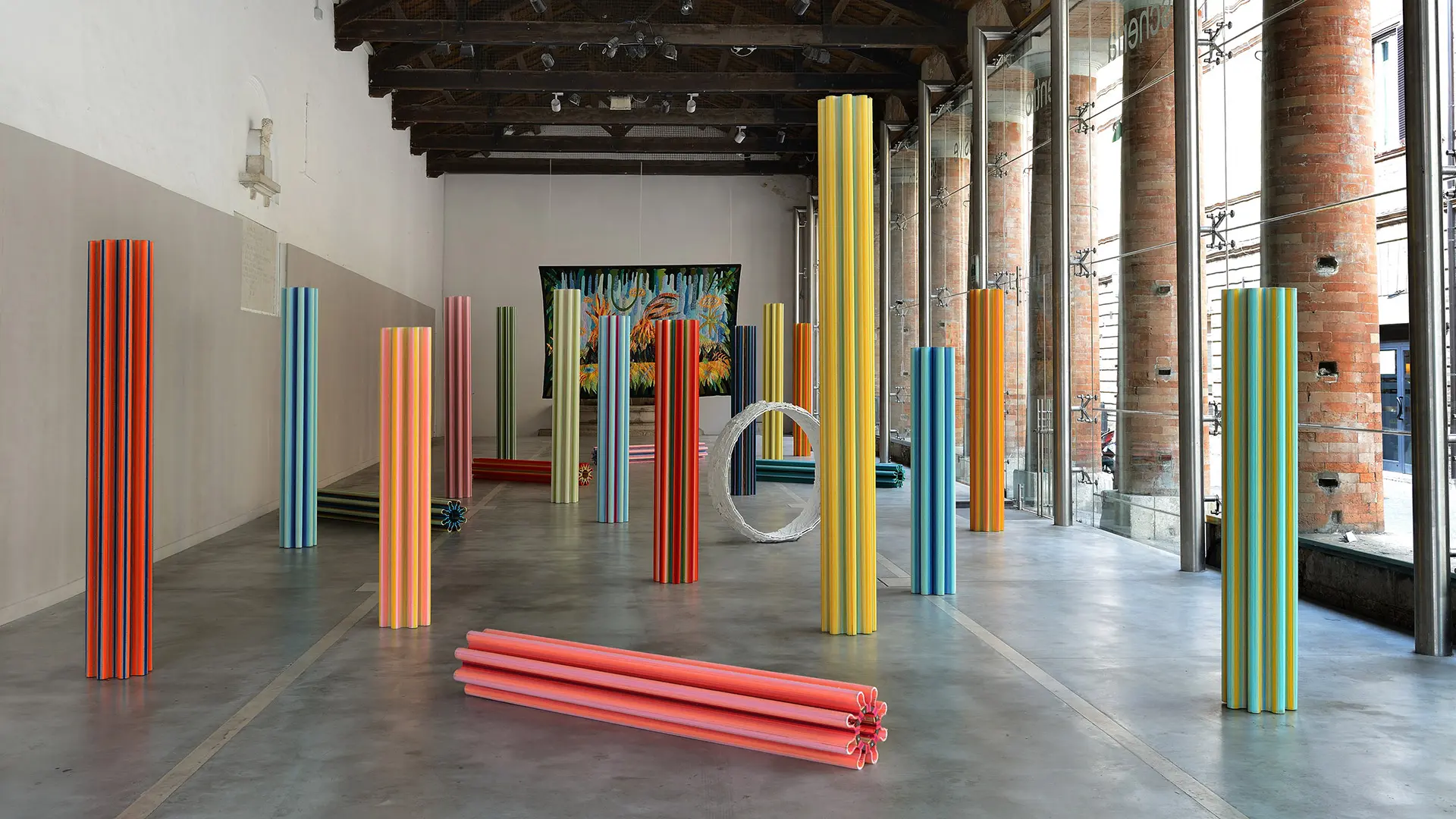
10 design exhibitions to see before the year’s end
They are all Italian and all in some way draw on the theme of memory. This is true even when they deal with current sporting events associated with the imminent inauguration of the Winter Olympics. There are ten of them and for the most part they are held in the most reserved cultural circuits, outside the mainstream. It’s even better when they’re out of town, bringing historic residences to life with gleams and flashes of good design



 Stories
Stories
